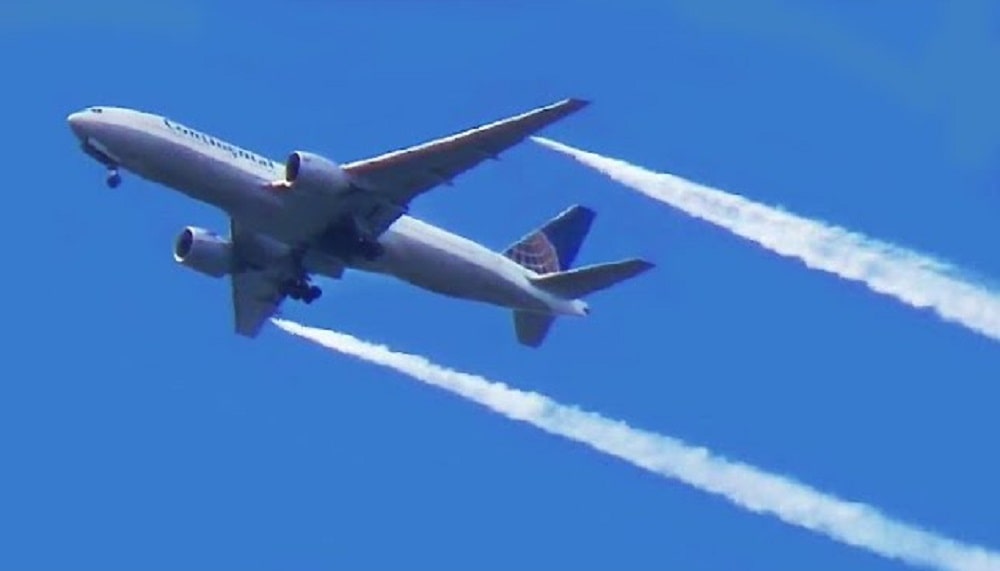Why Airplanes Need Tugs: The Fascinating Reason Planes Don't Move on Their Own!
An airplane doesn’t move on its own once it touches down on the ground. In fact, even if you see it being moved, it’s likely being pushed or pulled from one spot to another—it doesn't wander around by itself. But that doesn’t mean airplanes are only built to fly and can't move on the ground. Before taking off, they gain significant speed on their own, and when landing, they also roll on the runway under their own power. But after they stop, why does it sometimes need to be pushed rather than moving independently?
Here's how it works: when an airplane needs to be repositioned on the ground, specialized truck-like tugs come into play. These tugs grip the plane’s wheels and tow it to its desired location. Now, technically, an airplane could move on its own using its engines, but that requires firing them up, consuming vast amounts of fuel. So, using a tug is both easier and far more fuel-efficient than getting the engines involved for a short ground movement.
Airplanes are marvels of modern engineering, capable of soaring through the skies at incredible speeds, yet, oddly, they require external help from trucks or tugs to move on the ground. If you've ever watched a plane at an airport, you might have noticed that, unlike cars, planes don’t just drive themselves around. Instead, they rely on these support vehicles to navigate between gates and runways. But why can’t airplanes drive like cars? The answer lies in a combination of physics, design limitations, and safety concerns.
Engine Placement and Function
Airplanes are built with engines that are primarily designed to create thrust for flight. The engines, whether jet engines or propellers, generate forward motion by pushing air at high speeds, making them extremely efficient for flying. However, these engines are not optimized for slow, ground-level movement. If a plane were to use its powerful jet engines to taxi or drive itself around, it would consume an enormous amount of fuel and create safety hazards, especially in crowded airport environments. The sheer power of these engines would also generate enormous amounts of noise and exhaust, potentially endangering people and structures on the ground.
Steering and Maneuverability Challenges
Unlike cars, airplanes are not built for precise ground navigation. The large size and length of an aircraft make ground maneuvering difficult, especially in tight airport spaces. While planes have small wheels and landing gear, these are designed to support the aircraft during takeoff, landing, and taxiing at low speeds, rather than for driving across long distances.
Steering an airplane on the ground is also more complicated than steering a car. Planes use the nose wheel, controlled by the rudder pedals in the cockpit, to steer. However, because airplanes are much larger and heavier than cars, sharp turns are not practical. Tugs or trucks are used because they can more effectively push or pull the plane into the precise positions required for boarding gates, maintenance hangars, or runways.
Fuel Efficiency and Environmental Concerns
Airplanes are designed to be highly fuel-efficient at cruising altitudes, not while taxiing on the ground. Using a plane's engines to move around the airport would waste a significant amount of fuel, reducing the aircraft’s overall efficiency and increasing costs for airlines. Given that airports are busy and planes often have to wait for clearances, the time spent idling on the ground would lead to excessive fuel consumption if planes relied on their own engines for movement. By using tugs, airlines can save fuel, minimize pollution, and reduce wear and tear on the aircraft’s engines.
Safety Concerns in Busy Airports
Airports are complex, bustling environments with a high density of vehicles, personnel, and equipment. Using powerful airplane engines for ground movement poses a risk to the safety of both the aircraft and ground staff. The strong exhaust from a plane’s engines could potentially cause damage to nearby equipment or even endanger workers on the ground. Tugs allow for safer, more controlled ground movement, ensuring that planes can navigate busy airport spaces without the risk of causing accidents or damage.
Ultimately, while it may seem surprising that airplanes, capable of flying thousands of miles, require assistance to move a few hundred feet on the ground, the reasons are based on safety, efficiency, and practicality. Airplanes are designed for flight, not ground movement, and tugs ensure safe, precise, and fuel-efficient maneuvering in the complex airport environment.





























